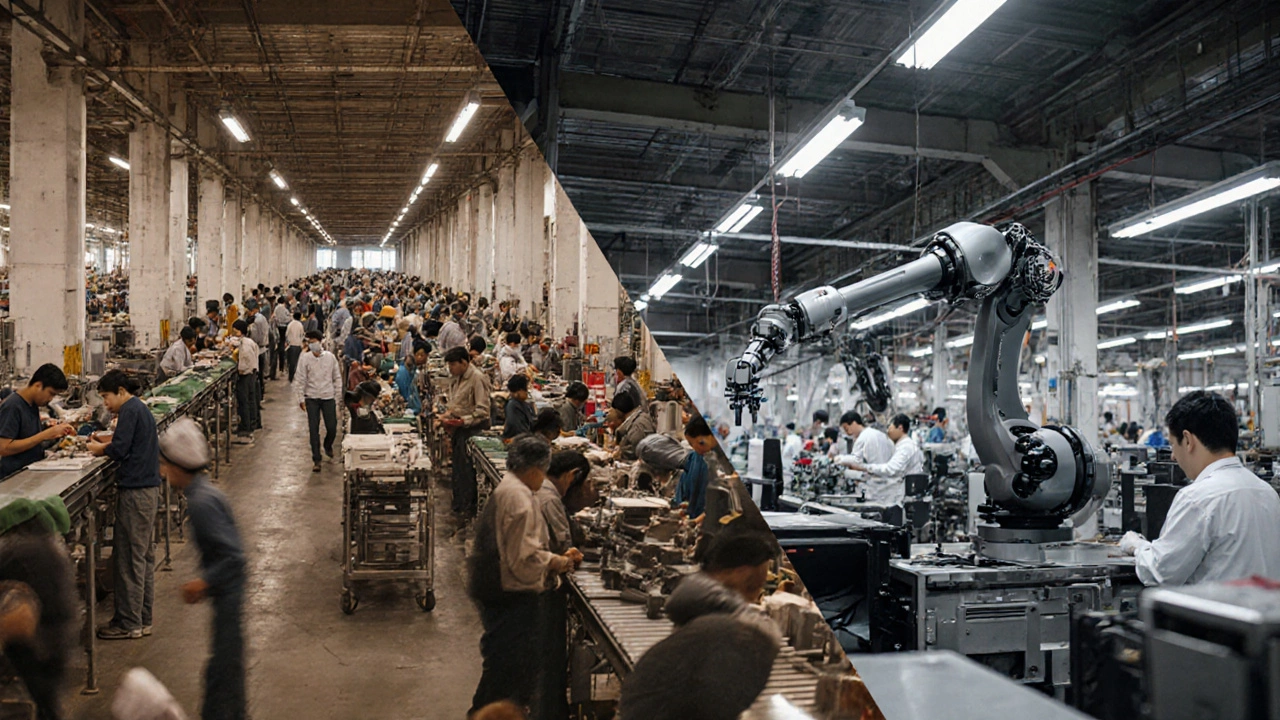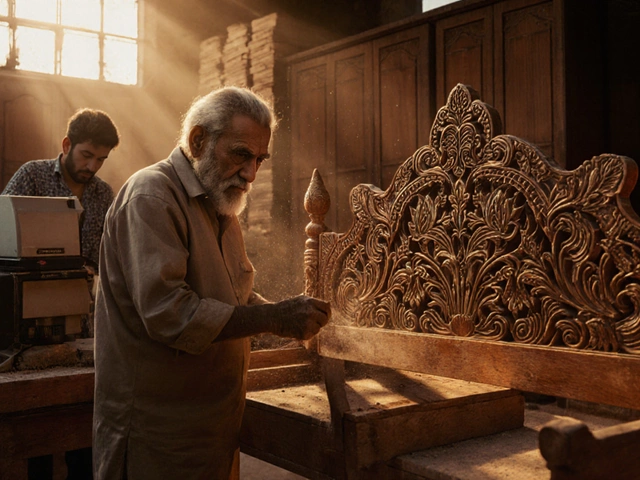India Manufacturing Cost: What You Need to Know
When talking about India manufacturing cost, it helps to start with a solid definition. India manufacturing cost, the total expense of producing goods inside the country, including land, labor, machinery, taxes, and utilities is more than a number on a spreadsheet – it reflects market conditions, policy incentives, and the scale of your operation. A related concept is small factory cost in India, the budget needed to launch a modest production unit, typically covering basic machinery, a limited workforce, and minimal space. Another piece of the puzzle is the manufacturing cost breakdown, a detailed split of expenses such as raw material, power, rent, and compliance fees. Finally, government subsidies, financial incentives provided by state or central bodies to lower capital outlay for manufacturers can shift the whole equation. In short, India manufacturing cost encompasses land price, labor rates, and equipment outlay, while it requires careful budgeting and often benefits from subsidies.
Key Cost Drivers You Can’t Ignore
The first driver is land. In industrial corridors like Gujarat or Tamil Nadu, land rates range from ₹5,000 to ₹15,000 per square meter, directly impacting the initial cash outlay. Labor comes next; skilled workers in tier‑1 cities command ₹15,000‑₹30,000 per month, whereas semi‑skilled labor in smaller towns may be half that. Power is another heavyweight – industrial tariffs can run between ₹6 and ₹12 per kWh, making energy‑intensive processes pricey unless you secure captive power or renewable options. Taxes and duties round out the mix; GST on manufacturing equipment sits at 18 %, while import duties on specialized machinery can push costs up by another 10‑25 %.
When you add these figures together, the manufacturing cost breakdown starts to look like a layered cake: land (30 %), labor (25 %), power (15 %), raw material (20 %), and compliance (10 %). Knowing each slice helps you spot where savings are possible. For instance, choosing a location with lower land rates but good logistics can shave off up to 12 % of total cost. Similarly, adopting energy‑efficient machines may cut the power slice by half, translating into major long‑term gains.
Beyond the obvious numbers, policy levers play a big role. Government subsidies for capital equipment, export‑oriented units, or green energy adoption can reduce the effective cost by 5‑15 % depending on the scheme. The Make in India initiative also offers tax holidays for the first five years, which directly lowers the tax component of the cost breakdown. Keeping an eye on these programs is essential – a missed subsidy can mean unnecessary spending.
Cost isn’t just about spending; it’s also about timing. Starting a factory during a fiscal year when incentives are refreshed can lock in lower rates for the entire project. Conversely, launching during a power crisis or a high‑inflation period can inflate the power and material slices dramatically. So, the factory startup cost isn’t static – it’s a moving target shaped by market cycles, regulatory updates, and technology trends.
All these pieces – land, labor, power, taxes, subsidies, and timing – form a network of relationships that determine the final India manufacturing cost. Understanding how each factor interacts gives you a realistic picture before you sign the lease or place the first order for machinery. Below you’ll find a curated set of articles that dig deeper into each of these aspects, from real‑world case studies of small factory budgets to strategies for leveraging government incentives. Dive in to see how the numbers play out in practice and how you can apply the insights to your own manufacturing plan.
India vs China: Which Country Offers Cheaper Manufacturing?
A detailed comparison of manufacturing costs in India and China, covering labor, energy, land, logistics, regulations, hidden expenses, and a decision matrix for choosing the cheaper location.
Read More




